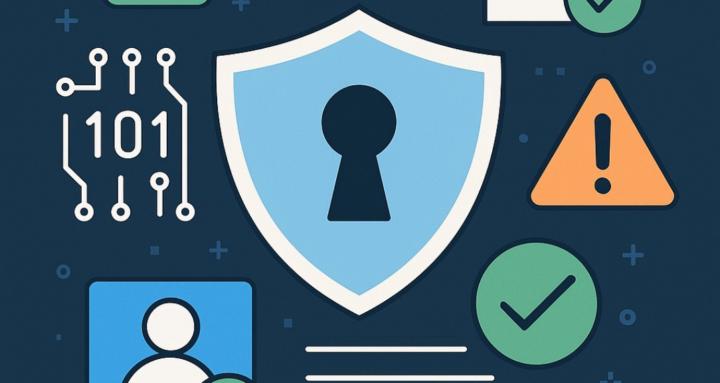Oct 6 • General discussion
Securing the Future: How Governance Shapes AI Cybersecurity
As artificial intelligence rapidly advances, so do the complexities of securing it. A recent deep dive from the R Street Institute explores how governance, risk, and compliance must evolve to manage the intersection of AI and cybersecurity.
This post unpacks their findings and what it means for professionals working at the frontlines of cyber compliance.
🧠 1. Securing the Foundations of AI
One of the key takeaways is the urgent need to secure AI infrastructure, including the data, models, and networks behind AI systems. While AI can detect threats faster than traditional methods, it also introduces new vulnerabilities — especially if development practices lack built-in security.
R Street highlights the lack of universal auditing standards as a major gap. Without reliable metrics, it's hard to know if AI systems are truly secure. They recommend public and private investment into standardized metrics, risk frameworks, and "red teaming" practices — such as those being developed by the U.S. AI Safety Institute.
🧭 2. Promoting Responsible AI Use
Governance isn’t just about stopping bad actors — it’s about setting the stage for responsible use. R Street warns that vague definitions (e.g., what constitutes “open-source AI”) and outdated legacy systems are stalling progress.
Their advice?
- Develop clear definitions and security standards
- Modernize systems to support evolving AI needs
- Anticipate emerging risks like cloud-based AI vulnerabilities
Responsible AI isn’t just about ethics — it's about functionality and long-term trust.
👥 3. Bridging the Cyber Skills Gap
Another major governance concern is the lack of trained talent. AI is moving fast, but the cybersecurity workforce isn’t always ready to keep up.
R Street points out the value of AI-powered simulations and adaptive learning to train professionals. Still, small-to-medium businesses (SMBs) often lack resources to invest in this education, creating a divide in readiness.
Their solution? Targeted training programs focused on:
- Cyber law + AI literacy
- AI ethics for IT teams
- Cross-functional AI integration skills
✅ Key Takeaways for AI Cyber Compliance Pros
- Standardization is critical – Without consistent frameworks, patchy compliance is inevitable.
- Legacy systems must evolve – Modern threats require modern architecture.
- Education matters – From policy leaders to tech pros, everyone must understand the risks and tools.
The future of cybersecurity governance isn’t just technical — it’s strategic.
3
3 comments

skool.com/aicybersecurity
🛡️ Unlock elite strategies to master cyber risk, stay compliant, and scale securely – GUARANTEED success with proven systems!
Powered by





